More from the Arte Público Press: Adult Non-Fiction album
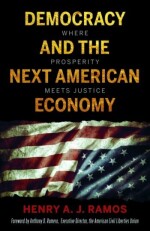
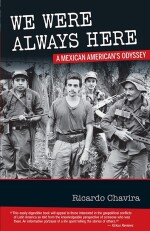

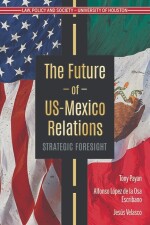
Report this entry
Please enter your details and we'll contact you for more information.
More from the same area
Fiesta Jarabe @ University of Houston
Born in El Paso, TX, Luis Jimenez completed Fiesta Jarabe in ...
Double Physichromie @ University of Houston
Carlos Cruz-Diez got his start as a graphic designer and ...
Double Physichromie @ University of Houston
Carlos Cruz-Diez got his start as a graphic designer and ...
Double Physichromie @ University of Houston
Carlos Cruz-Diez got his start as a graphic designer and ...
Double Physichromie @ University of Houston
Carlos Cruz-Diez got his start as a graphic designer and ...
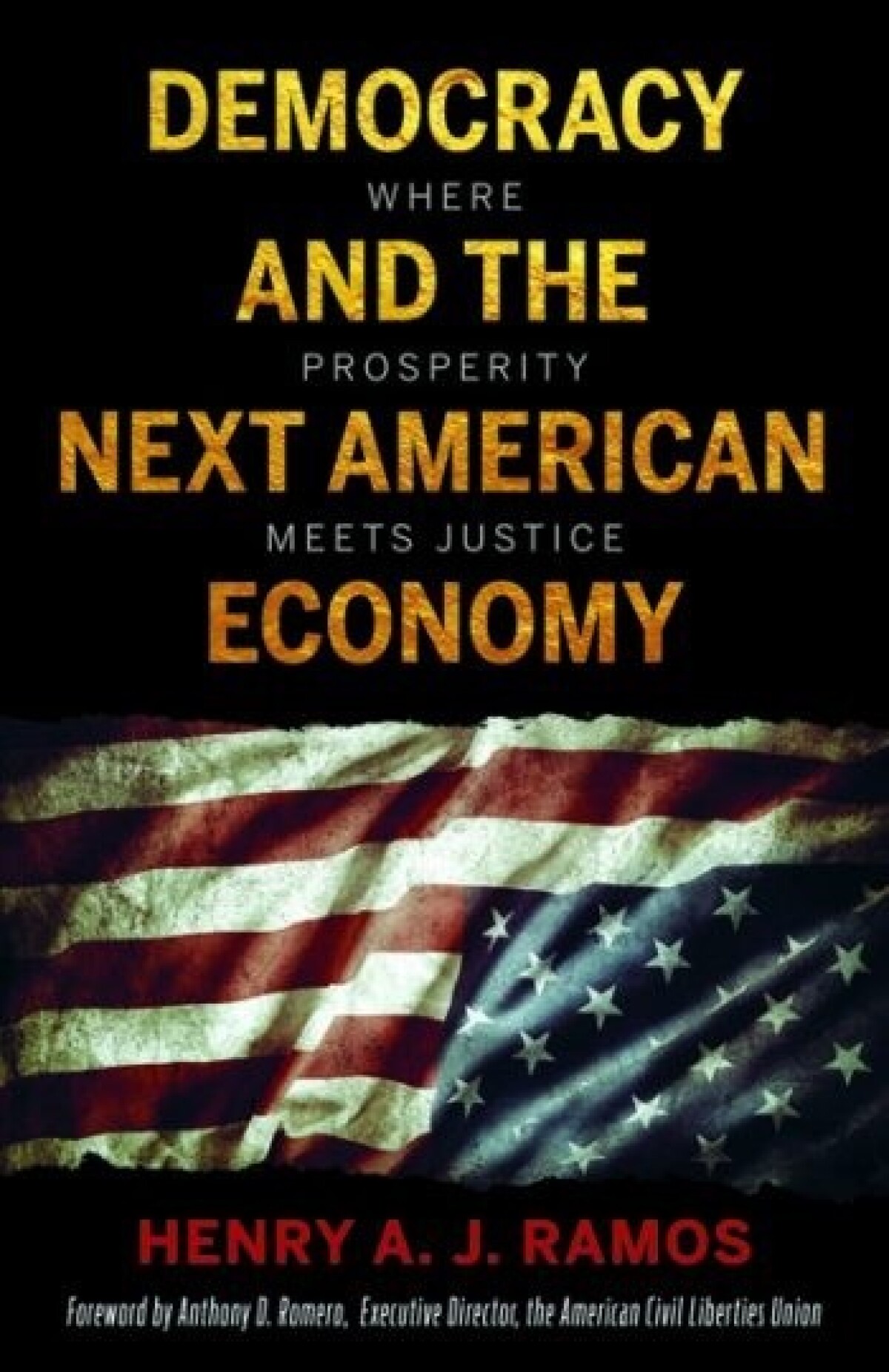
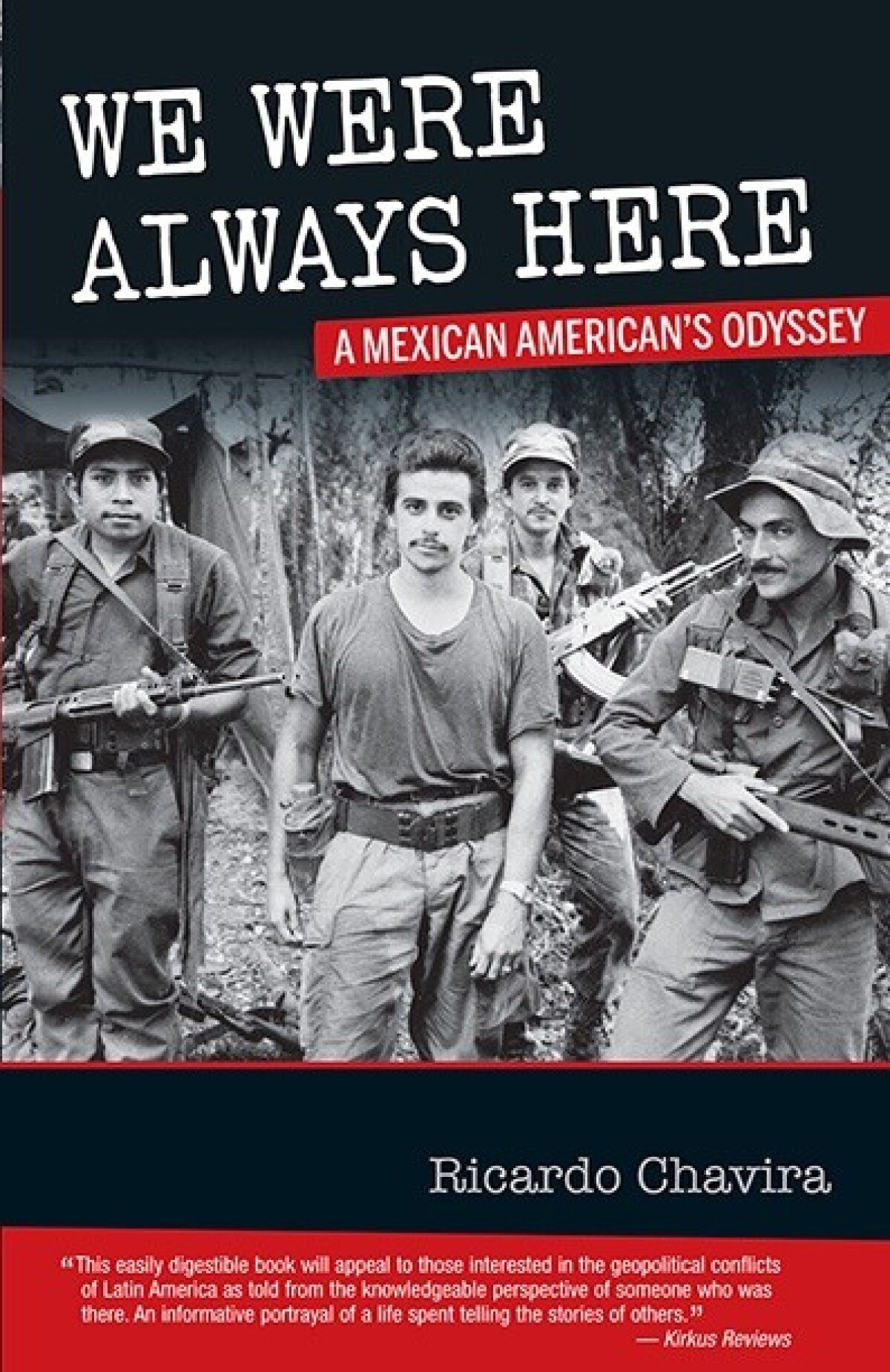
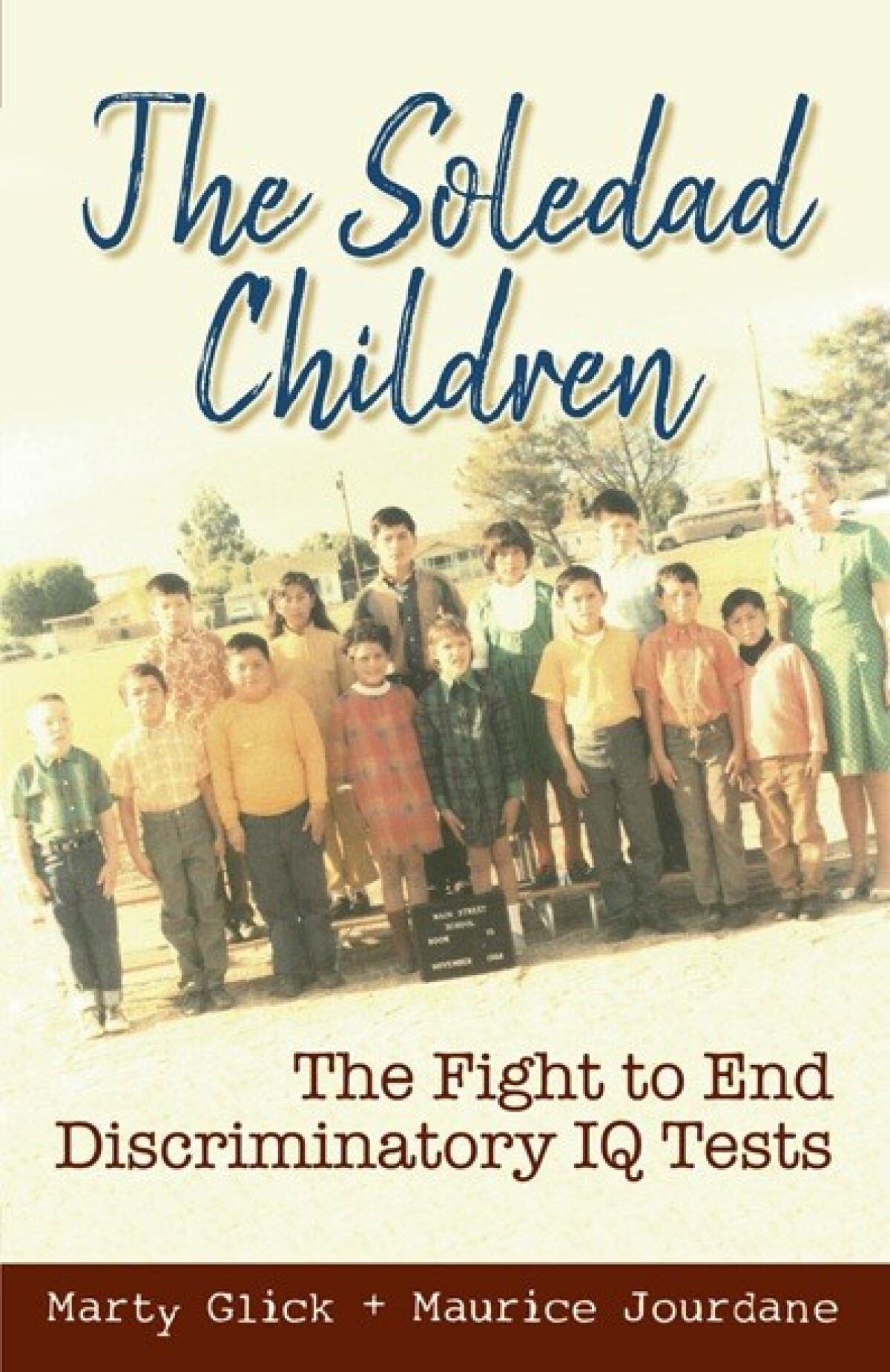
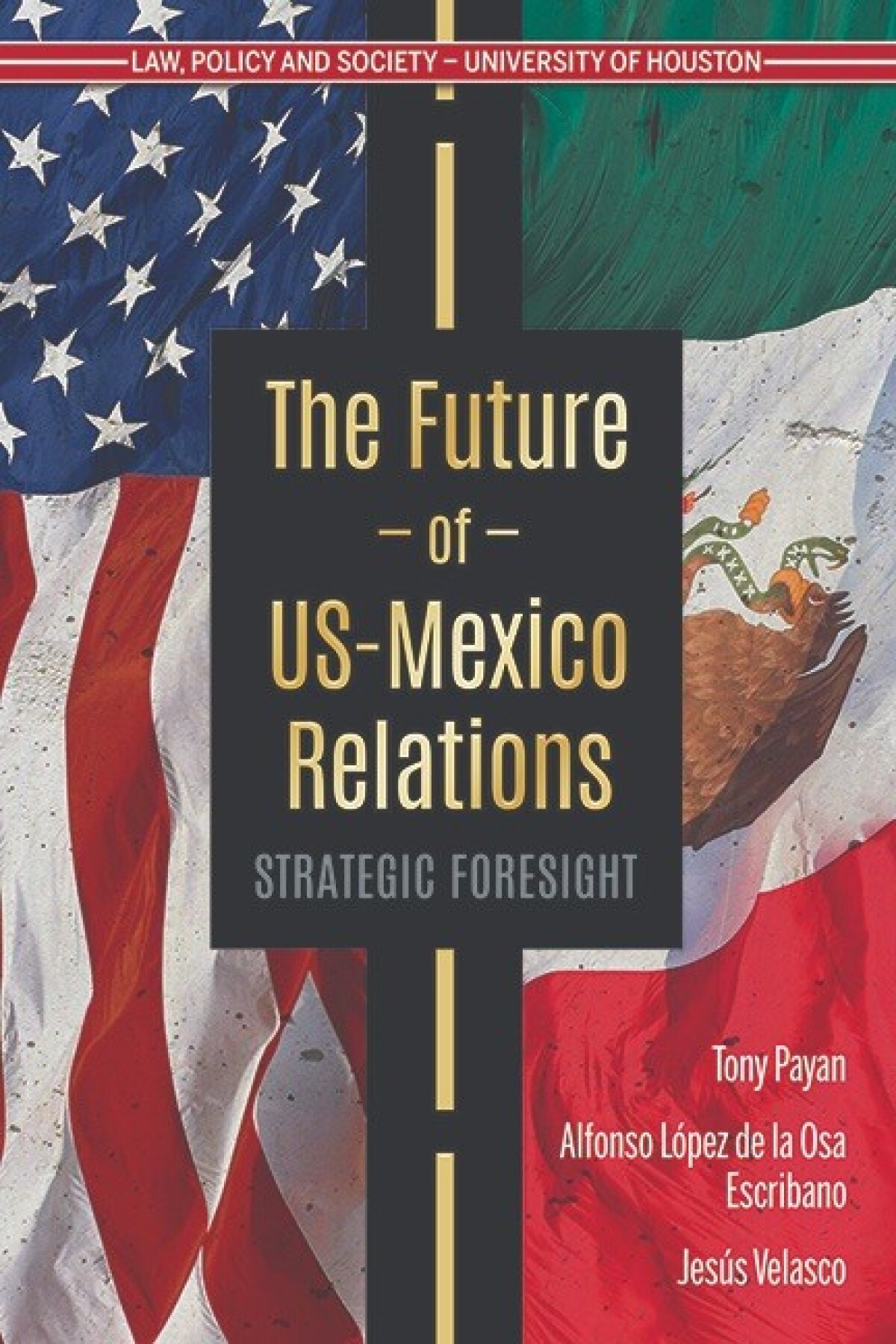

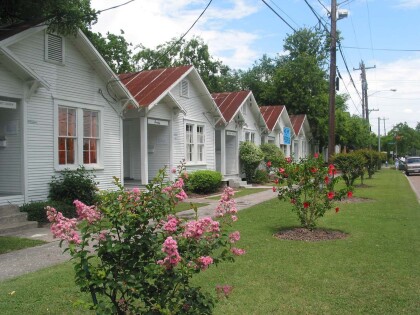
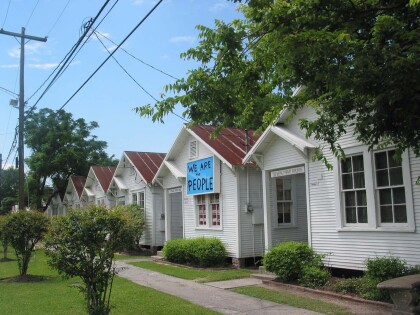
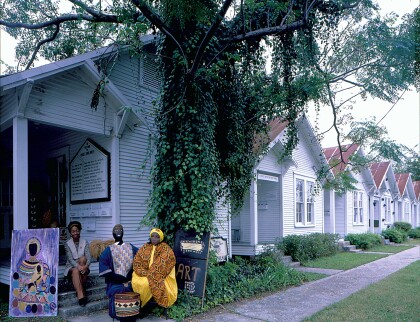
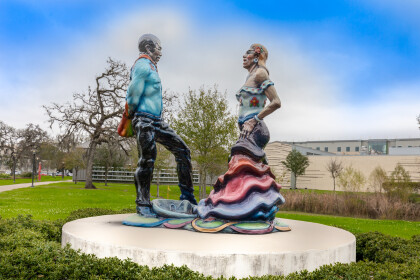
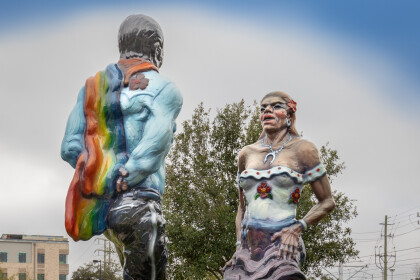
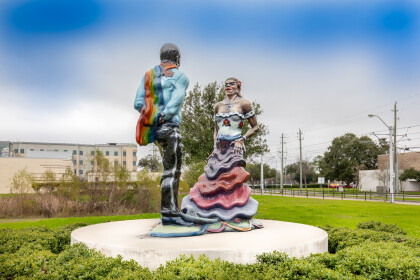
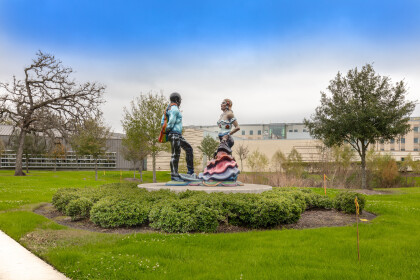
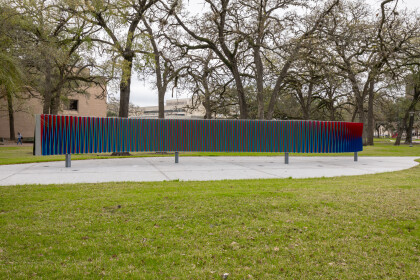
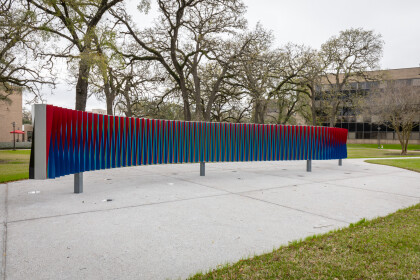
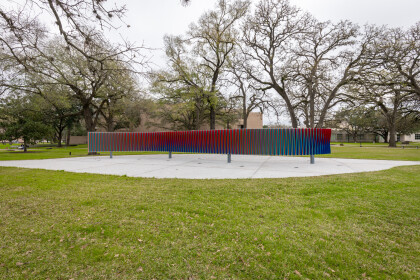



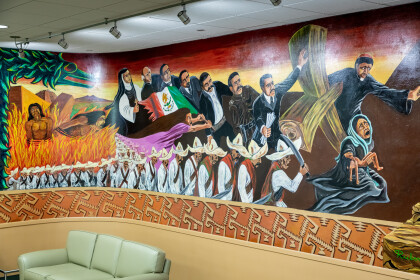


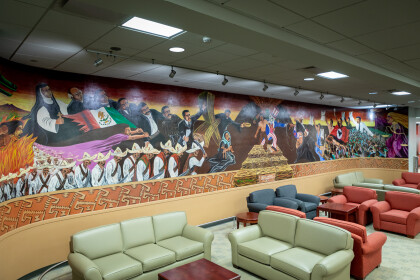

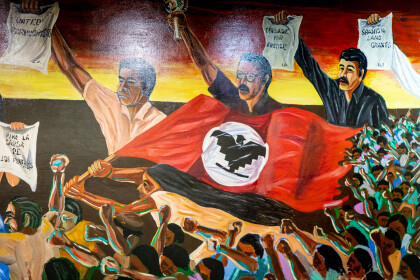
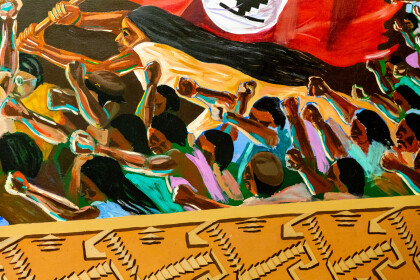

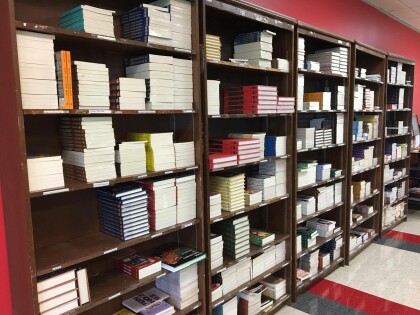
Comments
Add a comment